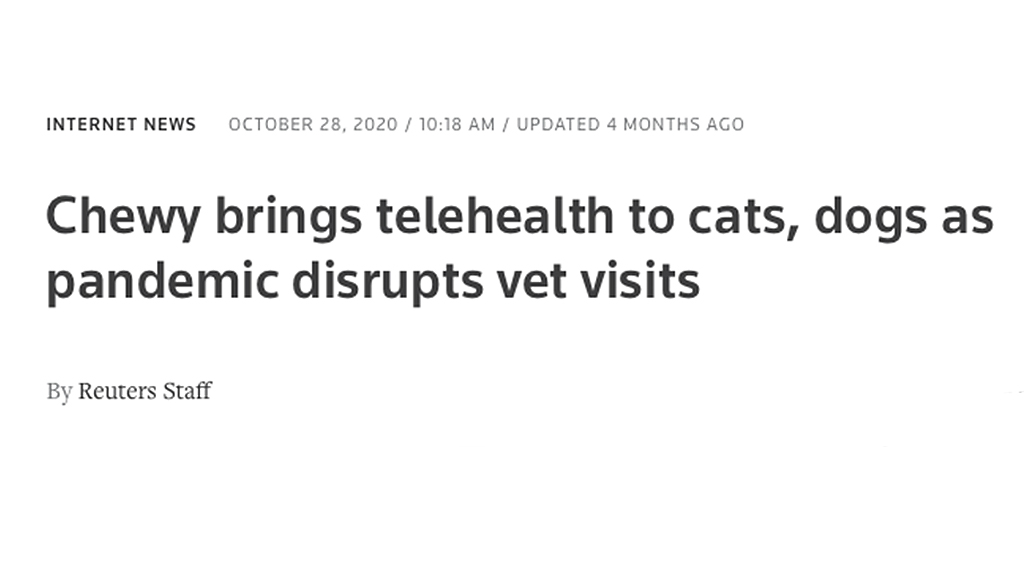On April 7th, 2023, veterinary telemedicine caught the eye of the New York Times. Does that mean it’s time for you and your business to take a second look?
In an article entitled The Virtual Vet Will See You Meow, author Emily Anthes gushes with a lot of telemedicine positives…and to be fair…a few negatives to consider, but from my perspective, telemedicine will undoubtedly be part of every practice’s business model. Read on for more information on the matter.
Resistance
Many veterinary professionals are on board with the concept of telemedicine, but falter at seeing a practical application in their day-to-day caseload. Their objections? Usually things like:
- I don’t have time to see the patients I’m already seeing; how will I have time to see telemedicine appointments?
- It may work for humans, but unlike people, pets can’t tell me where it hurts.
- Telemedicine is at odds with the VCPR identified in most practice acts.
- I need to do a physical exam, period.
All legitimate concerns, but telemedicine is much more than an examination with an iPhone. Telemedicine comprises a suite of services, all streamlined by reliable, efficient technology. What’s more, with compound annual growth projections on the human side of 28% per year, clients’ interest in such service isn’t just on the way; it’s here and gathering serious steam. A convergence of changes to consumer habits, the typical pet owner lifestyle, internet use, technology, veterinarian shortages, the work-from-home trend, as well as the rise of telemedicine on the human side all point to a here-and-now where telemedicine really works for us, for our patients, and our clients.
Telemedicine: What’s hanging you up?
Since March of 2020, veterinary practice website traffic is up 200%. That’s a three-fold increase that has nothing to do with SEO. It’s one of the many aftershocks ushered in by the pandemic: people have taken a serious step towards living, shopping and learning online. By pulling data from the GPS on our phones, our ISP address, and our our online browsing habits as recorded by cookies and apps like Google Analytics, advertisers can buy and sell information on where we live, what we like, and what we’ve shopped for. They can even take calculated guesses at our marital status, our income level, our gender, our sexual orientation, and yes, whether or not we own pets, and then serve up more information, more products, and more services to our liking. Online use is a positive feedback loop that drives deeper, longer, and more extensive interactions the more we use it.
What does all this have to do with telemedicine? This: consumers no longer start problem solving with a phone call; they start it with an online search. Pet owners in particular don’t first turn to you for advice for what’s wrong with their pet, they go to the internet. Companies like Chewy and even smaller progressive veterinary practices are using a combination of online content, social media, and now, invitations for teleadvice and telehealth as a way to meet potential customers and engage them as consumers.
Four New Statistics That Prove Telemedicine Isn’t Just A Pandemic Fad
In July of 2020, Medical Economics laid out four considerations when projecting the growth of telemedicine in the human space. Does the same hold true on the veterinary side?
Patients are fully primed for the virtual revolution
Patients are continuing a trend of turning towards online resources where seeking a virtual solution precedes their decision to walk through your doors.
Telemedicine is here to stay
Telemedicine saves patients over 100 minutes of time compared to an in-person visit and they can conduct each appointment in the comfort of their own home.
Virtual appointments let you reach new or untapped markets
More than half of today’s patients would use telemedicine to see a new doctor while, predictably, nearly 75% would use it to see a physician with whom they have a relationship.
Telemedicine has significant long-term effects on the health and wellbeing of patients
Telemedicine removes barriers to care while simultaneously opening communication channels and strengthening the connection between physician and patient. It improves patients’ access to care, a potential boon for practices trying to improve compliance with services like chronic illness check-ins, twice-yearly senior care, or offer new services like patient end-of-life counseling.
Why sideline yourself out of this new consumer trend? Even if you take virtual examinations completely off the table, or in this case, off the screen, there are still dozens of applications for the new services embedded inside today’s telemedicine applications and platforms. These applications are poised to streamline care, take some of the workload off your already-overtaxed team, and give clients the immediacy they expect in this touch-screen world we all now live inside. When it comes to meeting and engaging with pet owners, telemedicine puts you at the front of the line and at the bullseye of competitiveness.
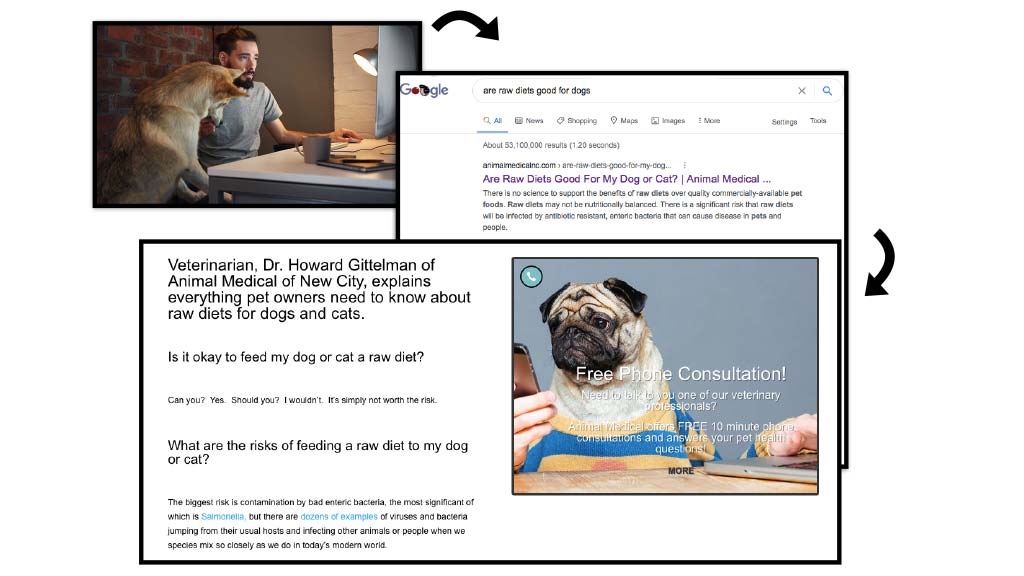
Telehealth is the perfect next step in new client acquisition. Acquisition starts when a client asks “Dr.” Google a question about pet health. In the above example, a client searches the web for information on feeding a dog a raw diet. Because this veterinary practice has created content on the topic, it ranks high in the Google user’s results. Once on the page, the user is invited to ask a free question if they live within 10 miles of the practice. Other users have an option to purchase tele-advice. No difference to what this practice has always been doing (this point is reiterated in the Times piece cited above), just a more systematic approach, and one where they are compensated more frequently for providing advice on the phone.
Free Tele-advice
Corporates are exploring it too
For corporations, tele-advice is an excellent way to draw the attention of new clients and get them to call. Provided the person taking the phone call is properly trained, these kinds of leads can have a very high conversion rate. Click the image for the full article.
Getting Started
Step 1. Familiarize Yourself With What’s Available
Most vets get stuck on the idea that telemedicine is only about doing an examination through a cellphone. No! That’s only one of dozens of tools available through nearly all of the telemedicine apps on the market. Check out the list below, but don’t despair if you don’t see what you’re looking for. These apps are adding and improving services fast. Better still, companies like TeleVet have concierge teams on hand to give teams step-by-step walk-throughs of the services that they provide. This means that the busiest practices with the least amount of time (and consequently the ones needing the service the most), aren’t shut out of the opportunity to improve.
After-hour Call Management: Companies like AirVet allow practices to hold onto valuable on-call services without overworking the team. By sharing the call load with non-competing vets working 50 miles or more from the practice, everyone has a chance to stop the erosion of clients to other practices. On the flip side, for those vets that want to take the calls, it’s a chance to earn easy compensation for phone time that they otherwise wouldn’t have been paid for.
Two-way texting: Communicate in real time with clients using the app on your phone or on the desktop of your business. Your personal phone number is never revealed to the client and you have the ability to send automatic ‘We’ll get back to you soon’ messages when it’s after-hours so you can improve your team’s work/life balance. TeleVet Flow (a TeleVet and Boehringer Ingelheim collaboration) is just one of many apps that offer this invaluable service.
Automated Medical Records Requests: Busy client care representatives or clients can use SnoutID to set up a medical records request prior to their appointment with the new veterinarian. Thereafter, the company automatically sends a gentle email reminder to the referring vet to complete the medical records transfer.
One-touch Pay: Who wants to touch a germy credit card these days? One-touch pay allows you to send a link to the client’s handheld or desktop device. Through the link the client can enter their own credit card information and pay for their visit. Think of the time that saves your practice team or how much one-touch pay has increased your own online shopping and brand loyalty.
Automated Appointment Confirmation: I hope you aren’t still doing this manually. Busy practices can waste as much as an hour a day working their way through appointment confirmations. Through many telemedicine apps, all of this automated.
Automated Check-in and Check-out: Clients no longer have to announce their arrival to a client care representative that may already be juggling three to four tasks. Automated check-in-and-out means that clients use the app to announce their arrival to the whole team and that their method of payment is already loaded and ready for charge out. This service has been a huge boon for those practices still doing care curbside.
Pet Owner Financing: Some apps are partnering with companies like SplitIt that allow clients to break up payments for their services into convenient, no interest installments through an existing credit card. The service is proven to increase sales and owner compliance.
Automated Rx Refills: Many of these telemedicine platforms aim to keep pharmacy sales in-house with push notifications to clients alerting them when their pet’s medication needs refilled, and then giving them a chance to order and pay for their pet’s meds through the practice’s pharmacy with a push of a button.
Reward Points: Companies like Dr. Stacee Sante’s Vet-2-Pet have hit client-satisfaction gold with reward points. Practices can generate tens-of-thousands of dollars in additional revenue and keep client loyal by tying reward points to any service the practice decides.
Push Notifications: These are those pop ups you get on your cellphone. Push notification have an almost 100% read rate, far better than any other type of communication including email and postcards.
Improved Intra-office Communication: You can’t get them off their cellphones anyway, might as well put them to good use! Platforms like TeleVet allow team members to communicate to one another through the app. This syncs up everyone’s efforts and improves the overall client and patient experience.
A Study In Motion
A big reason why we are so busy is because we’re running a 21st Century marathon with 20th Century Reboks: telephones, emails, credit card machines, pieces of paper, and.. employees…lots and lots of employees. Every other company in the world has benefited from the built-in efficiencies of technology. Here are two diagrams that illustrate the inherent time savings in many of these remarkable telemedicine apps and platforms.
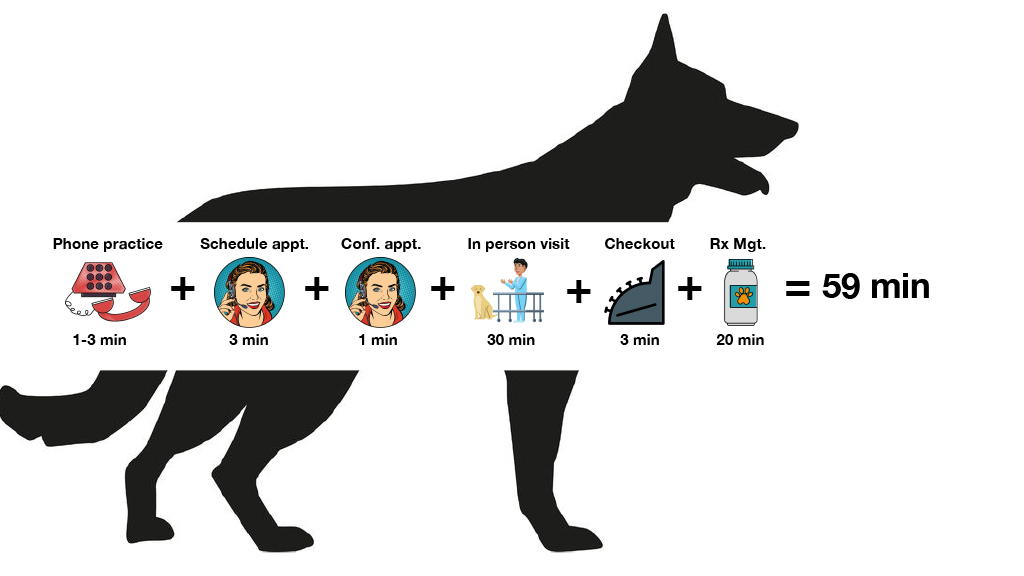
Times are estimated, but don’t take my word for it. Bring your team together and review this formula for yourselves. If you are doing curbside care, make sure you take time to discuss additional pinch points, then look at possible technology solutions like those found in most of the platforms discussed below.
Chronic veterinarian and staff shortages mean that you can’t continue to grow by hiring more people. A second option, perhaps superior to the first, is to grow your business by improving efficiency with the help of the many services provided by telemedicine companies.
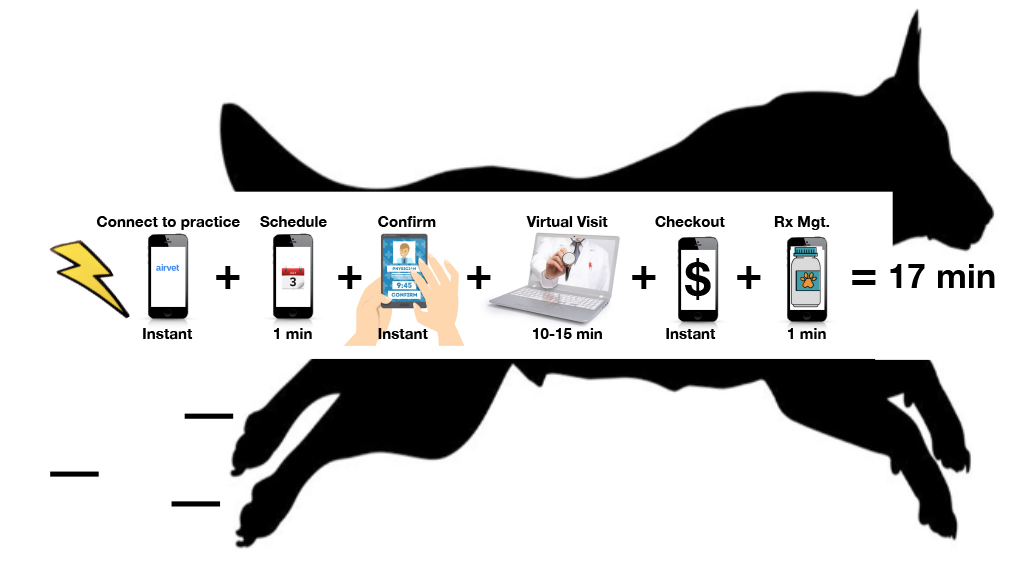
Step 2 Do An Evaluation Of Your Current Pinch Points and Chronic Issues
Meet as a team and explore the issues that chronically stymie your efforts to deliver great service and care. Some of the problems that have beleaguered most practices over the past year are:
- Chronic veterinarian and credentials technician shortages
- Employee call-outs
- Jammed phone lines
- Inefficiencies exacerbated by curbside care
- Overbooked appointment schedules
- Dr. Google
Step 3 Match an existing problem with a telemedicine solution
It’s best to work this through with the people at your practice that will be most impacted by the telemedicine changes you propose. If everyone has an opportunity to speak up on the matter and agree on a direction forward, you’ll get more buy-in.
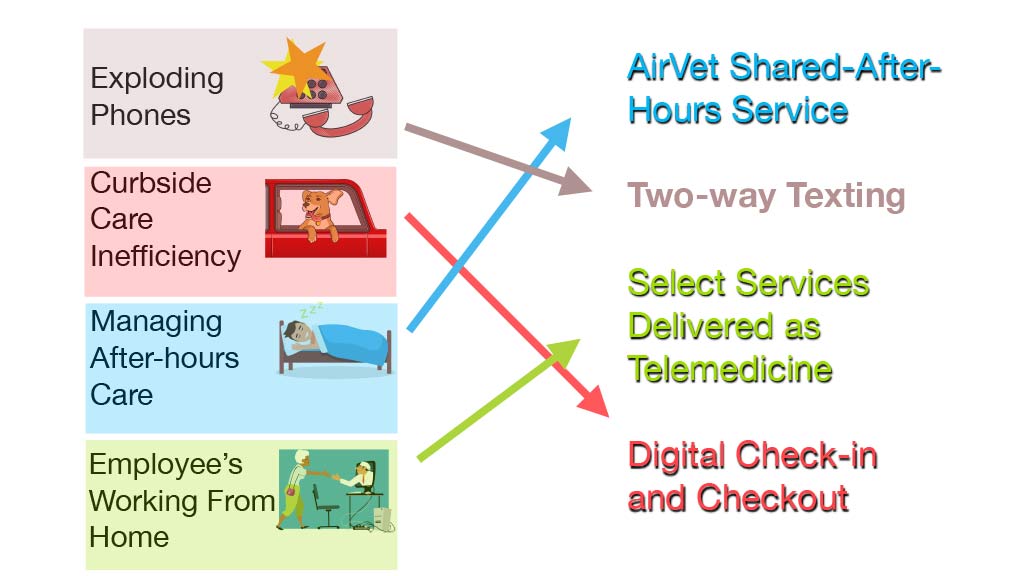
Keep it simple. Use a dry erase board to put ideas in front of your group and to help them mentally hold onto them. Take small steps. Start with one or two changes at most, then grow into your telemedicine platform’s full capabilities as you work with it more.
Step 4 Interview A Telemedicine Service Provider
This isn’t an exhaustive list, but certainly it includes all the major players in the small animal practice space. Read the highlights of each app
Provider
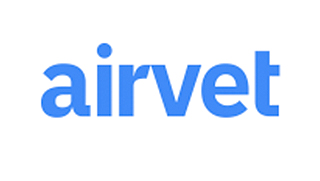
Service Highlights
One of our industry’s leading telemedicine apps. This service allows you to share after-hour emergency calls with other non-competing veterinarians and retain revenue that might otherwise go elsewhere. Another bonus is that veterinarians that choose to take call are always compensated for their time. Additional services include contactless payment, the ability to send clients digital forms that can be signed electronically and sent back to the practice, two-way texting, curbside checkin and check out, and 2-way scheduling. The software seamlessly integrates with your software and allows for video conferencing with clients. Excellent concierge technical support for both pet owners and veterinary professionals is a boon.
Contact
Use this link and scroll to the bottom of the page to schedule a demo.
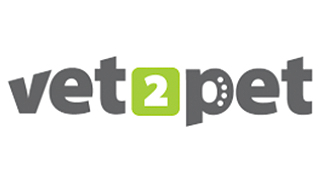
Probably best known for it’s Reward Points program that has been tested extensively by its creator, veterinarian Dr. Stacee Santi. The app is customizable with a look that can match your existing branding. The app has a Net Promotor Score of 78 (that’s very good, btw:). The app also provides two-way chat capabilities, automated reminders, virtual payment, and push notifications. Like most of the apps listed here, Vet2Pet integrates with your existing veterinary management software.

Another standout, VitusVet has distinguished itself over the years with nearly endless improvements and additions to its service. Veterinary professionals and pet owners both love the one-touch pay option and the app’s integration with SplitIt, a third party that allows for interest free, installment payments through a client’s existing credit card. Other features include two-way texting, reminders, software integration, push notifications and prescription refill requests.
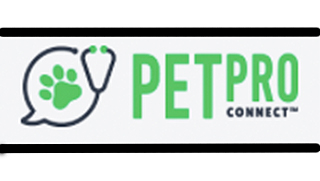
Boehringer Ingelheim’s PetPro saw an explosion of new users in 2020. This free app allows clients to conveniently book appointments, engage in two way texting with you, the veterinarian; and offers targeted content. Like the others mentioned in this article, the service allows for video conferencing with clients.
Use this link to explore PetPro Connect

Anipanion offers secure, simple telemedicine options for clients. The app is in wide use at many practices in the U.S. and is especially helpful in managing surgery rechecks, drop-off visits, and for triaging patients. The company offers clients a free trial of its services.
Use this link to explore Anipanion
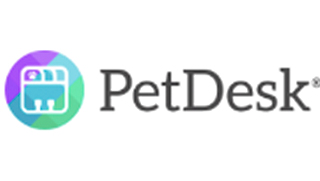
PetDesk is a popular app in use at hundreds of hospitals across America. This app specializes in client communication. In addition to standard services like reminders, two-way texting, virtual care options, and a loyalty points reward program, PetDesk allows clients to personalize the look of the app on their smart device.
Use this link to go to the PetDesk site or to get started.
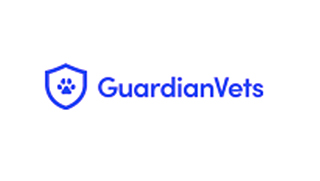
Guardian clients love the ease with which this app interfaces with all practice management software systems. The range of services this telemedicine communication tool offers includes virtual client care representatives, callback services, telemedicine, curbside care support, and the ability to triage cases through the platform. A unique offering in this space and worth investigating.
Use this link to go to the Guardian site or to get started.

New to the playing field, but no less impressive, SnoutID hopes to streamline many of the bottlenecks that stop up workflow at our practices, especially at the reception desk. The service does a great job assisting with medical records management, helping practices sort through dozens of pages to isolate valuable information on vaccines and prescriptions. Like many of the apps discussed here, the company also facilitates client check in and check out. Client payment solutions are expected to launch by the end of Q2 2021.
Use this link to go to the SnoutID site.
How They Did It
Veterinarians in both rural and urban areas of have already successfully implemented telemedicine services at their practice. Watch these short, 5-minute videos to hear their story or use the links below each video to jump to the discussion point that’s of most interest.
Dr. Margaret Bowman, owner of Pioneer Vet Clinic in Oklahoma, is a mixed animal practitioner. She uses the AirVet telemedicine platform to help her manage some of the herds under her care, but what’s been most valuable to her is her ability to use the app to manage her after-hours calls more wisely. Instead of being blindsided with calls, the app gives her a head’s up on what the pet owner’s needs are, then based on the presenting complaint, she can schedule a time to talk to the clients that’s most convenient for her, the veterinarian. It also means that the time she spends on any of these calls can finally be monetized. Dr. Margaret explains how she enlisted her team’s help to roll out the service and how her rural clientele has adapted to this modern way of going to the vet.
Watch the entire video or use the hyperlinks below to jump to the topic of your choice.
Dr. Stephanie Liff of Pure Paws Veterinary in New York City started using the AirVet telemedicine platform in December 2020 as a way to improve efficiency and service during curbside care. The remarkable success she and her practice team have had with the service is pushing them to branch out in other directions.
Watch the entire video or use the hyperlinks below to jump to the topic of your choice.
- How she used telemedicine to improve efficiency at her practice: 0:08
- How she plans to expand telemedicine services: 0:29
- Will telemedicine have a life after COVID? 1:33
- Does she believe that telemedicine should be a priority for most vets? 2:24
NY State Veterinary Board member and owner of Animal Medical of New City, Dr. Howard Gittelman, started telemedicine to address client’s COVID concerns. Since then, he and his associates have continued to explore what to offer through telemedicine and how to do it. The secret to his and his team’s success? Persistence and an optimistic outlook on a future where veterinarians will be able to work smarter and to leverage their team members more productively.
Watch the entire video or use the hyperlinks below to jump to the topic of your choice.
Here’s What the Experts Are Saying
I asked key opinion leaders, Dr. Mia Cary, Dr Stacee Santi, and communications guru Eric Garcia for thoughts on telemedicine. Read their comments. Very good!
Dr. Mia Cary is asked regularly to discuss veterinary telemedicine. She is the past president of the American Association of Industry Veterinarians and the current Chief of Professional Development and Strategic Alliances, Office of the Executive Vice President, at the American Veterinary Medical Association. She is also the NAVC Chief Collaboration Officer and Executive Director of the Veterinary Innovation Council. She is the owner of Cary Consulting, a company specializing in leadership, communication, inclusion and teamwork.
Describe a timeline for the growth of telemedicine in the vet space.
“External forces and client demand will help us mitigate the gap to where we are as a profession with telemedicine and where we need to be. As more practices have success with telemedicine workflow (and share those successes), more of the practices that are in the middle of the innovation adoption bell curve will feel more comfortable embracing all aspects of virtual care including telemedicine.”
A fifty-some vet, weary with management issues, asks you if developing telemedicine services should be a low or high priority. What do you say to her?
“Well, I would learn more about her practice and her current challenges before answering specifically, but in general for all practices, I believe that developing telemedicine services should be a high priority. It is part of a solution to many issues currently facing veterinary practices and if approached strategically, will increase client loyalty versus decreasing, as is a common fear.”
Three biggest advantages to telemedicine services in the mom and pop veterinary shop. Go.
“When strategically incorporated into practice workflow, telemedicine can
- Optimize staff time
- Increase value to clients which leads to increased client loyalty
- Positively impact practice culture.”
Next steps?
Certainly consider the 3 steps outline above, but if you need more information. Try these resources.
Check References The veterinarians in the taped interviews above, as well as another great veterinarian in Georgia that I spoke to, but never managed to get on tape, have all offered to answer any implementation questions that you have:
- Dr. Stephanie Liff
- Dr. Margaret Bowman
- Dr. Howard Gittelman
- Dr. Gaines White (Not featured on tape)
Veterinary Virtual Care Panel 2020: Watch panelists Doug Raven and Drs. Aaron Smiley and Charlotte La Croix discuss service, regulation, and the future of virtual care at this AAVSB meeting.
The Ultimate Telemedicine Comparison Tool: Back in 2019, DVM360 did a comparison of all the veterinary telemedicine apps on the market. There have been a few changes since then, but it’s still worth a look-see.
Everything AVMA: The link takes you to the meat of the issue: Telehealth in the Veterinary practice, but it can be used as a jumping off point to all kinds of AVMA resources on the matter.
Get Advice: To prepare for this article, I had Aaron at AirVet walk me through their platform and help me understand the many ways practices are using telemedicine at their practices. He and his colleagues can help you figure out how to get started, how to train your team, and how to best roll the concept out to your clients.
Eric Garcia is a digital marketer and veterinary thought leader. He has spoken at most major veterinary conferences worldwide and regularly works with individual veterinary practice owners to help them achieve greatness. Visit his website for more information.
“We want answers now and for me, telemedicine does that. Pet owners are already paying for telemedicine advice across the world and I have numerous clients that are already monetizing this service. Let’s make it easier to access care for our pet owners. If you are concerned about the efficacy of medicine practiced through a digital device, then start with tele-advice where you can monetize the time it takes to review a patient’s issues. Afterward you decide whether or not the patient needs to be seen. Do what makes you feel comfortable. But, without a doubt, telemedicine, on whatever level you decide to practice it, meets a growing consumer demand for immediate answers and service.”
“I believe so. I just don’t think it’s at the pace people expect it. I want practice teams to embrace it now and slowly start using it so as more pet owners become comfortable with the idea of it, veterinary practices can already say they’re doing it. I remember online pharmacies and the discussions back in 2004-2005. We laughed at the idea of it. Then last year many practices scrambled to sign up, market it, and get people to use it. That’s reactive. I want us to be proactive about telemedicine so we’re ready for it when it does become the norm.”
“I can’t stop laughing at this one!
“Ugh! there isn’t a day I don’t feel bad about telling a practice, ‘Oh hey everyone, so now there is this new thing we have to start doing to market your practice or communicate with clients.’ I know everyone is overworked and it’s so hard to keep up with all of these changes, so, let me start by saying I’m sorry! Look, I think we should prioritize the struggles we’re facing now first. Whether you just signed up for an online pharmacy and you’re learning how to use it, just signed up for texting clients, bought a new app service, transitioned to a different curbside form platform, whatever; work on what you feel is a priority first. But keep telemedicine on your mind. Talk to your classmates and ask them if they’re using it. Telemedicine is going to be something that practices will need to stay competitive and in step with consumer trends, so continue to look for avenues towards familiarizing your team with its advantages and bringing it on board as service.”
Dr. Stacee Santi is the CEO and founder of Vet2Pet App Builders, where she developed a strategy to connect with clients and improve patient care through the development of a personalized custom app for veterinary practices. If you haven’t heard her lecture on the topic of telemedicine, you are missing out. Go to her website to learn more about Stacee and her read news about her upcoming events.


